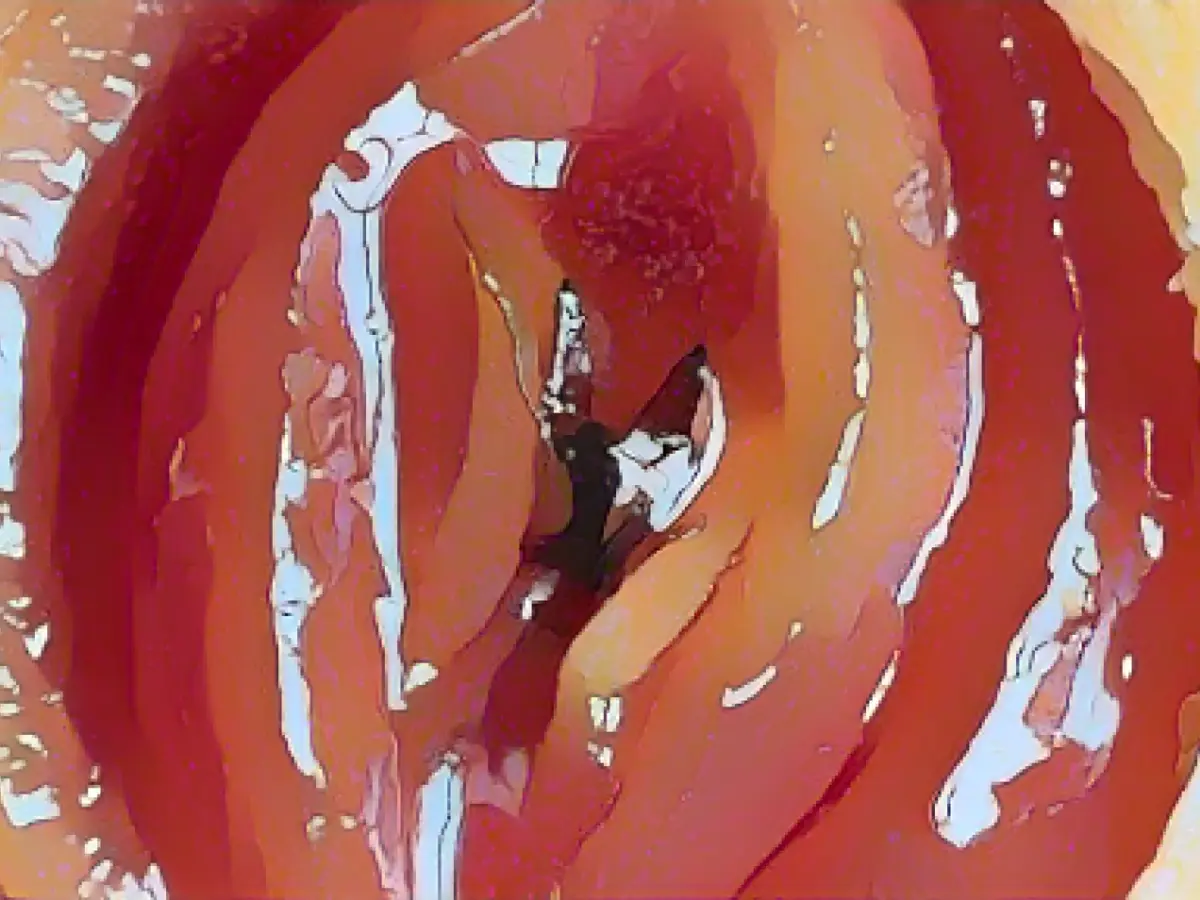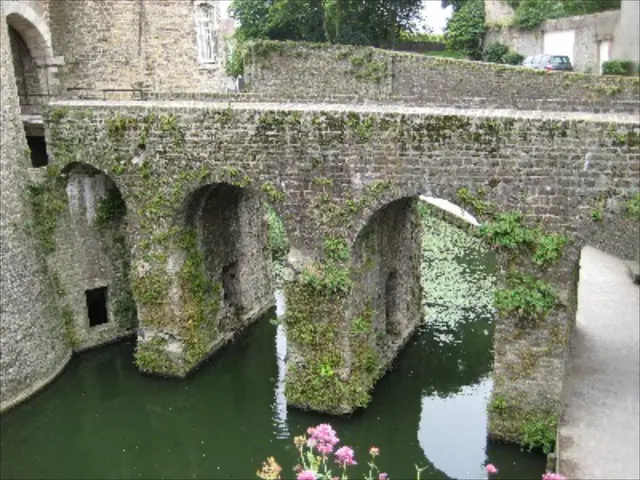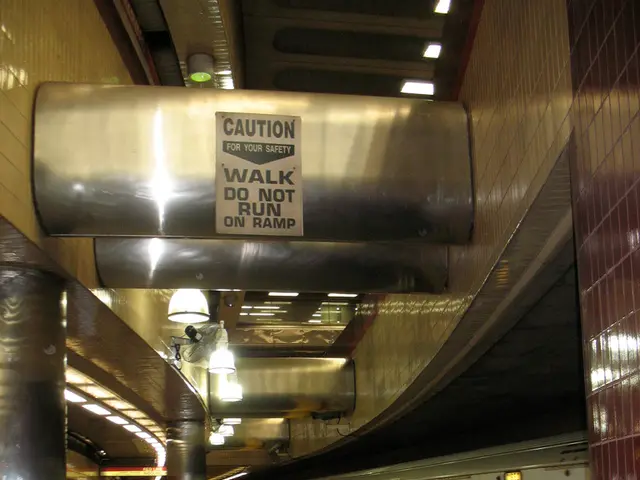Troubleshooting Septic Snafus: Uncovering Root Issues in Your Sewer
Ignoring stubborn plumbing issues is hardly a smart move. So, what if you've tackled a clogged sink with all the pipe-clearing tricks known to man(and woman), even enlisted the help of a seasoned plumber, but still can't pinpoint the culprit? If you're a homeowner, it might be time to scrutinize whether pesky tree roots are responsible for your persistent plumbing problems. Let's dive into why this happens and the signs that root-infested pipes are the root cause of your pipeline predicaments.
What Propels Roots to Invade Pipes?
Although large trees may trumpet impressive root systems with visible portions on your lawn, underground extensions secretly search for water, oxygen, and nutrients, such as damaged sewers. Even trivial cracks can provoke tree roots to intrude and multiply, eventually resulting in a few-drain outrage.
But trees not directly linked to your property, you ask? Wrong. The roots of even removed trees can persist for lengthy periods in your pipes.
How Do I Detect Tree Roots in My Sewer Line?
Sluggish drainage might signal tree roots penetrating your sewer line. These roots can infiltrate pipes through minor fractures, thereby seeking moisture and nutrients. Here are some telltale clues to suspect if your drains have fallen prey to tree roots:
- Slow Draining: If your sinks, showers, or tubs are draining at a snail's pace, it could indicate tree roots obstruct the wastewater's normal flow.
- Gurgling Sounds: Strange bubbling or gurgling noises from your drains or toilets may indicate that air is trapped in the pipelines due to roots restricting water flow.
- Frequent Blockages: Persistent clogs in various drains around your house may indicate root infiltrations. If water backs up into a shower when you flush the toilet or if toilets overflow or refuse to flush with no apparent cause, it's time to investigate potential tree root invasions.
- Lush Patches: Unusually lush plant growth in specific areas of your yard may indicate that tree roots breached your pipelines, leaking water and nutrients into the soil.
- Offensive Smells: Foul odors emanating from drains, toilets, or noticeable around your garden may indicate a blockage caused by tree roots in your sewer lines.
- Sinkholes or Soft Spots: In severe cases, tree roots in pipes may cause a catastrophic leak or pipe collapse, resulting in soft patches, dips, or even sinkholes in your yard.
- Clear Visibility: Above-ground signs of tree roots, such as cracks in pavement or soil soft spots near your sewer line, can suggest root growth over or into the pipes.
By recognizing these symptoms, you can be proactive in addressing the issue before it escalates into a costly dilemma.
Source:
Enrichment Data:
Identifying tree root growth in sewer lines requires recognizing a collection of signals and visual cues. Here are the common indicators:
- Slow Draining: If your sinks, showers, or baths are draining gradually, it could point to tree roots partially blocking sewer line flow.
- Gurgling Sounds: Strange gurgling or bubbling noises from your drains or toilet could indicate that air is trapped in the pipes due to roots restricting water flow.
- Recurring Clogs: Frequent blockages, especially in multiple drains across the house, could indicate root invasions. If water backs up into the shower when you flush the toilet or if toilets overflow or fail to flush without a discernible reason, there might be roots in sewer pipes obstructing the flow.
- Lush Patches in Garden: Tree roots that have breached your plumbing lines can release water and nutrients into the surrounding soil, causing unusually lush patches of grass or plant growth in specific areas of your yard.
- Bad Smells: A foul odor, especially around drains, toilets, or garden, could be another symptom of tree roots in sewer line systems. As the roots obstruct sewage flow, waste can accumulate and emit nauseating and unpleasant smells.
- Sinkholes or Soft Spots in Garden: If tree roots in pipes induce a severe leak or pipe collapse, the soil above can erode, resulting in soft patches, dips, or sinkholes in your yard.
- Visible Growth: Above-ground manifestations of tree roots, such as cracks in pavement or soil soft spots near your sewer line, can hint at root growth over or into the pipes.
By noticing these symptoms, you can take preemptive measures to tackle the issue before it escalates into a burdensome predicament demanding expensive repairs.







